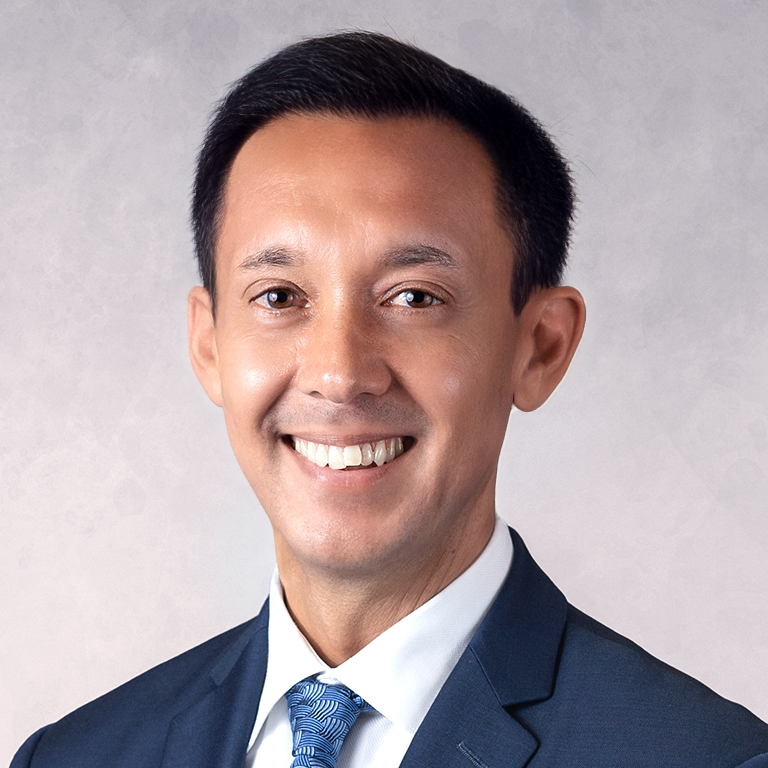
David Jacob
CEO, Marsh McLennan Asia
-
Singapore
According to the United Nations, a country with 21% or more of its population aged 65 and above is considered “super-aged”. In Asia, Japan is already considered a "super-aged" society,1 and Singapore is projected to reach this status in 2026.2 By 2030, one in four people in the region will be over 60.3
With such a significant portion of the workforce on the mature scale, governments in Asia are pivoting policies to support this population.
Contrary to the view that an ageing population presents limited opportunities, Asia-Pacific’s longevity economy is projected to hit US$4.6 trillion by this year.7 This refers to economic activities centred on the needs and spending of the growing elderly population, driven by rising life expectancy, aimed at promoting health, financial security, and quality of life for older adults. Largely attributed to insurance and healthcare, we are also seeing surges in vocational training as more mature individuals are looking to re-enter the workforce. Organisations now have to effectively manage a multi-generational workforce and find innovative ways to upskill and reskill employees.
In this interview, David Jacob, CEO of Marsh McLennan Asia, and Joan Collar, Chief Commercial Officer of Marsh McLennan Asia, share their perspectives on what a longer-working population means for employers, and offer actionable strategies for employers to thrive in this evolving landscape.
David:
Employers today are navigating numerous challenges, including pension adequacy, optimising workforce, redesigning jobs, developing skills and providing healthcare coverage that is financially sustainable for a multi-generational workforce. Contrary to the outdated myth that having more mature employees is costly due to higher claims and health insurance premiums, an experienced workforce is not necessarily a liability. In fact, according to the latest Mercer Marsh Benefits Health on Demand Asia snapshot 2025, Boomers are thriving and feeling better physically and mentally compared to Gen Zs, challenging stereotypes.
Prioritising healthy ageing as the foundation of the longevity economy is essential to ensure a better quality of life as we age. Individuals should take responsibility for their own health and maintain a healthy lifestyle, which is why preventive care is vital and should never be overlooked. Employers too have a crucial role to play by supporting healthy ageing through wellness programs, targeted health initiatives, preventive care and intervention strategies.
Financing — from a health and pension adequacy perspective — is a key element that employers and employees across a multi-generational workforce need to contend with. This is an area organisations need to champion and work with insurance companies, as well as provident or pension funds administrators, to cater to the mature workforce.
Joan:
Firstly, we must recognise that digital transformation is rapidly reshaping the job landscape. Therefore, it is important for employers to continuously evolve job designs, enhance skills development and embrace lifelong learning with an emphasis on developing new skills. Most importantly, employees need to make a choice to prioritise learning and stay relevant.
Secondly, people managers will need to lead teams comprising different generations and expertise, so knowledge-sharing is now more important than ever to keep the skills flowing, including the possibility of the younger generation cross-mentoring the mature employees.
Lastly, there will be more fractional roles, breaking down conventional full-time jobs into modular components performed by multiple individuals in the workplace, leading to shifts in job roles that are part-time, gig, and flexible. These roles allow skilled workers to contribute meaningfully based on their skills and expertise without full-time commitments.
To promote knowledge sharing among engineers — who are essential to growth sectors such as renewables, automotive, AI, aeronautics, oil, and chemicals — some of our clients are recording millions of hours of extensive footage of their engineers at work. They are leveraging technology and AI to contextualise and fragment their work into modules, enabling 60-70% of tasks to be preserved and passed on to the next generation of workers. This enables knowledge transfer even after skilled engineers retire.
Technology can also support the workforce via AI-driven agents who can connect employees with mentors, projects, and communities, while avatars can help preserve expertise and facilitate knowledge transfers for future learning.
David:
A strong HR policy is essential to provide meaningful roles with equitable compensation, and mature candidates should not be seen as cost liability or competition with the current workforce. For example, China is already proposing a regulation to offer appropriate positions to individuals beyond retirement age, with considerations to their expertise, skills, and background.8
Employers are encouraged to cultivate an inclusive culture by actively addressing ageism in the workforce, offering flexible retirement options and work arrangements to allow employees to extend their contributions to the economy and society, promoting workforce vitality and social cohesion.
Joan:
As life needs change, accessible health and well-being benefits such as critical illness coverage and mental health support are key to meeting the evolving needs of employees. Every individual is unique, so know your people and understand what really matters to them. A one-size-fits-all approach may not work, and a tailored strategy is crucial for the workforce to thrive.
Essentially, promoting longevity literacy including financial education is vital. Employers can guide employees on how to accumulate and decumulate wealth to help ensure financial stability and resilience across key life events throughout their longer lifespan.
Nearly 40% of people globally face financial instability after unplanned career interruptions, including breaks in their careers, illness or unexpected retirement. Financial literacy and employer support are crucial for individuals navigating these challenges.
Many in the workforce — particularly those in emerging markets who are impacted by the longevity economy — may lack financial education. A strong financial literacy foundation can empower individuals to make financial decisions that best serve them through their working years and into retirement.
As life expectancy increases over the past few decades, a greater focus on prevention rather than intervention will help improve quality of life in old age. Employers can support their workforce through various means such as access to preventive care, wellness benefits, and educational workshops.
Mature workers may face barriers in finding opportunities. But skill-building can help individuals adapt and evolve, enabling them to extend their working years as desired.
Cultivating community, social connection and multi-generational connection are key to improving health and quality of life, which are imperative for longevity. Employers can offer mentorship options for the workforce and encourage community-building through team-building activities and social events.
The benefits of longevity are not distributed equitably. Employers can do their part by promoting pay and pension equity, as well as offering support towards informal caregivers.
David:
Let’s debunk the myth that mature employees are a liability. While employers have a role to play, healthy ageing is a personal choice. The better you care for your health, the healthier you will be. Remember, work towards a longer health span, not life span.
Joan:
We need to look at the mature workforce not only as an untapped economy, but also as a knowledge and labour pool potential. There are three mindset shifts employers can keep in mind:
Future-proof your workforce today
An ageing workforce is an opportunity, not a challenge. A bespoke approach is key to meeting the evolving needs of an ageing workforce.
1 Japan Forward: Health Japan 21: A new navigation chart for the super-aged society
2 PMO Singapore: National Day Rally 2025
3 Manulife Investment: Diverse Asia: the demographic challenge
4 CNA: Retirement and re-employment ages to be raised to 64 and 69 in 2026
5 Reuters: China approves plan to raise retirement age from January 2025
6 WEF: How a longevity economy can make growth work for every generation
7 CNA: Commentary: Singapore’s ageing population does not only bring challenges
8 China Daily: China to tighten protection of rights of people working after retirement
9 WEF: Longevity economy principles: The foundation for a financially resilient future

CEO, Marsh McLennan Asia
Singapore

Chief Commercial Officer, Marsh McLennan Asia
Singapore